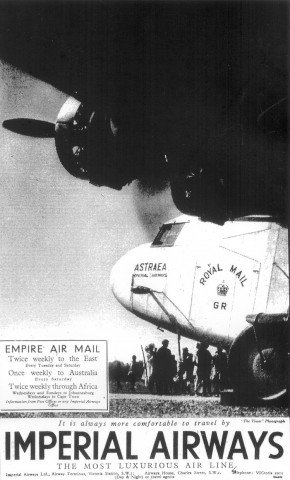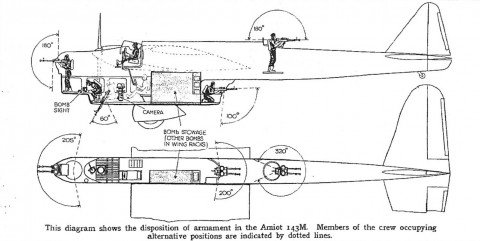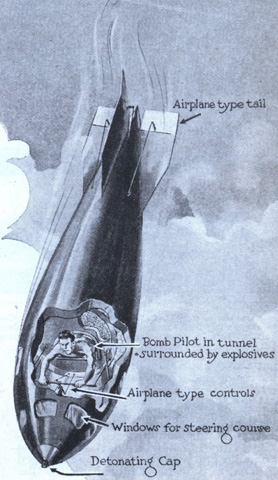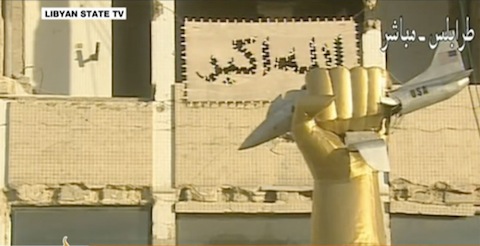The superweapon and the Anglo-American imagination — IV
…n being and their tool, a claim that I believe goes directly to what makes humans human. (That is, it becomes an issue for ethics as well as economics.) So it is, to my mind, useful to deconstruct these comparisons to pre-empt theses about the nature of humanity that I believe cannot stand on their own merits. As Christopher writes, the ultimate reason that British destroyers did not carry true dual-purpose main armament is that the Admiralty chos…




